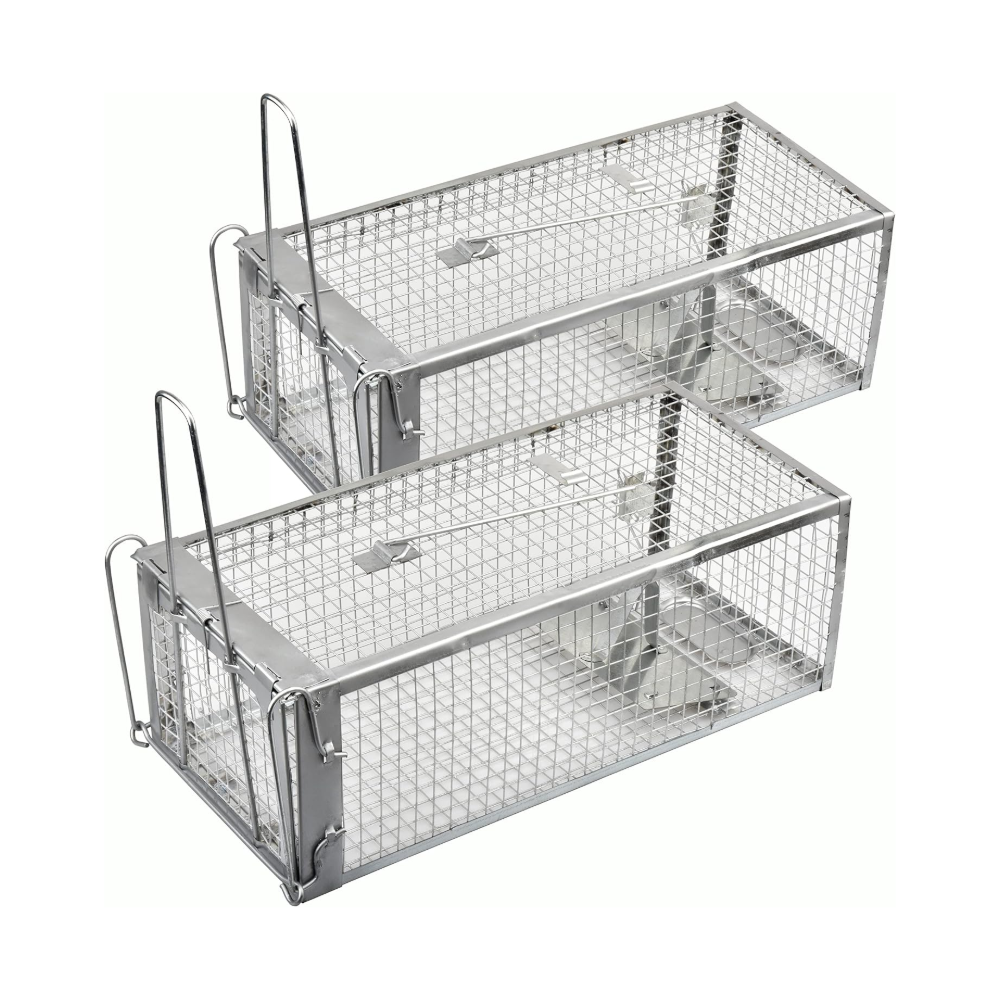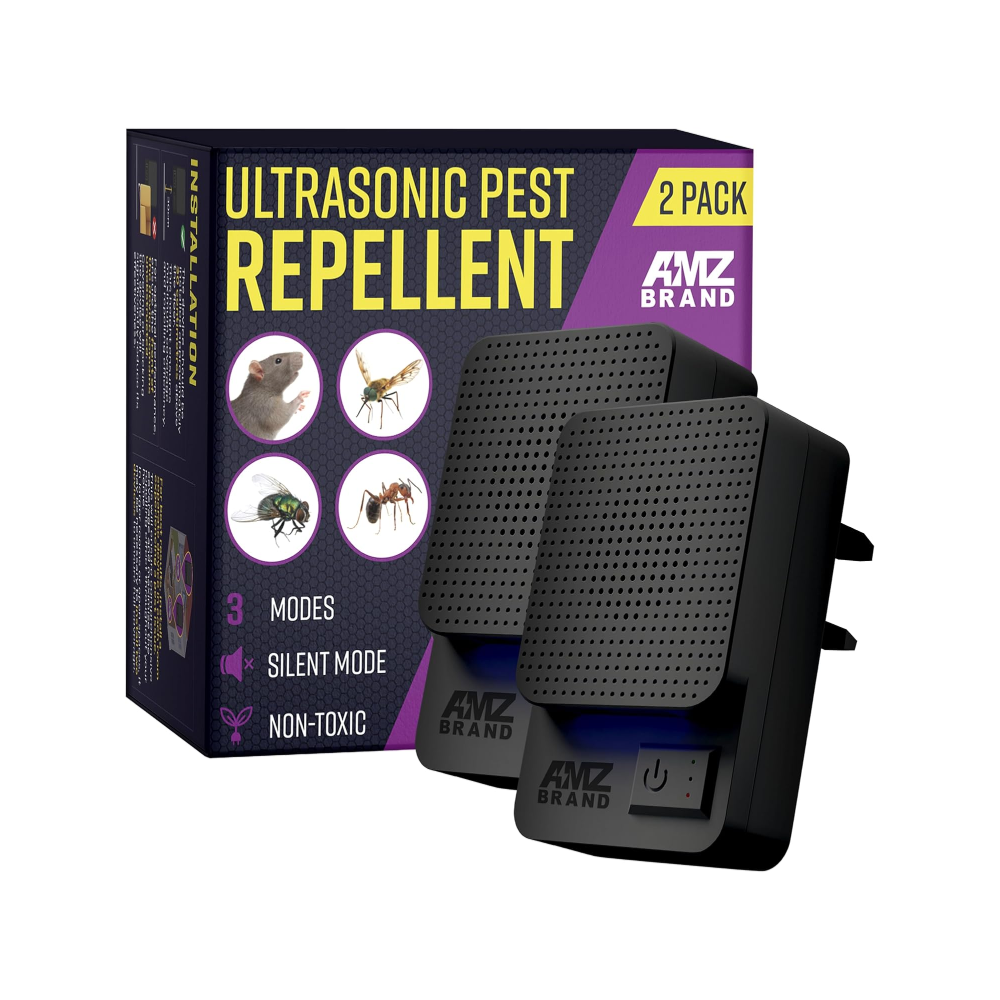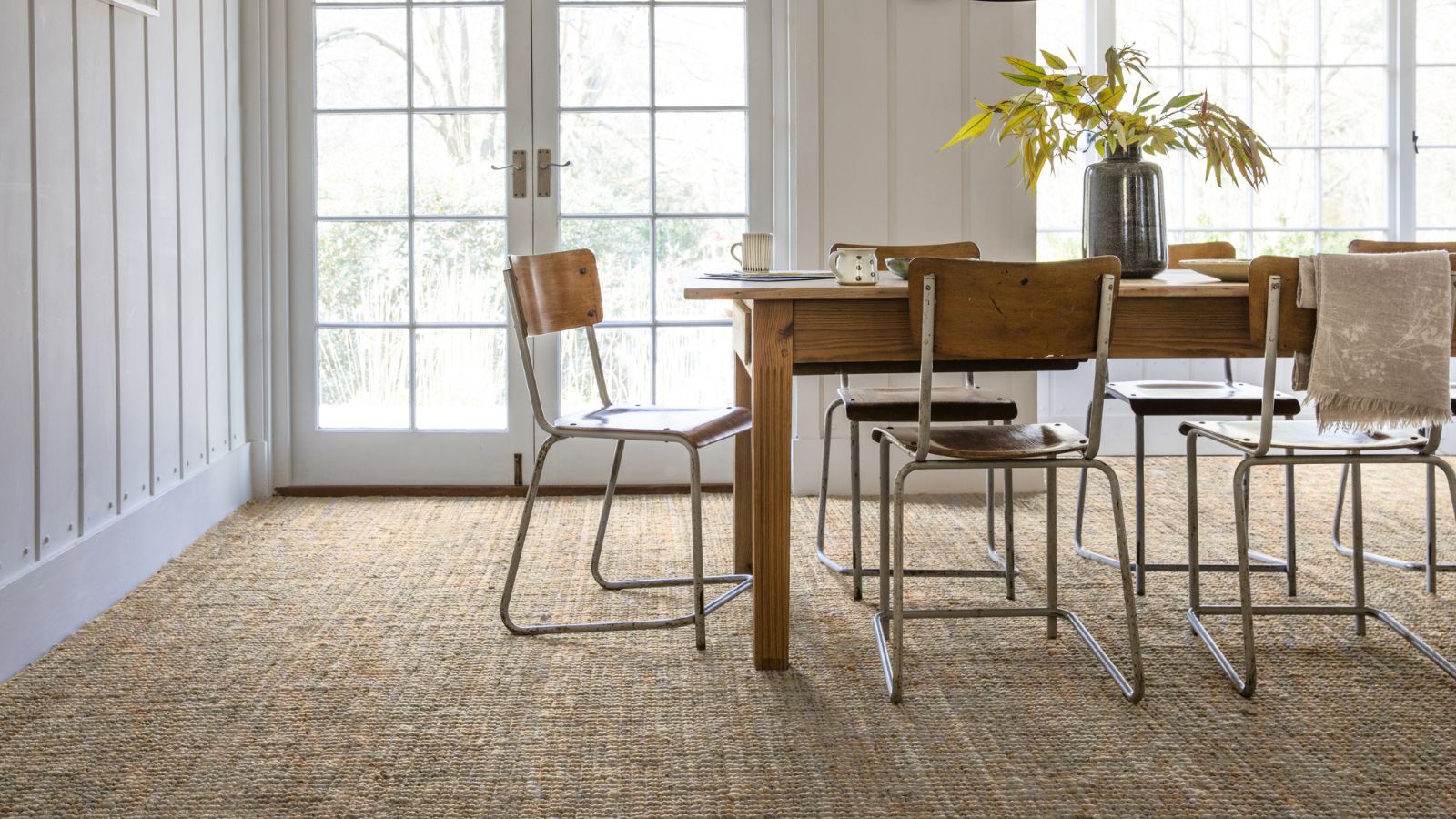How to get rid of rats in your home in 6 simple (and fast) steps
Learn how to get rid of rats in your home with these top tips from pest control experts
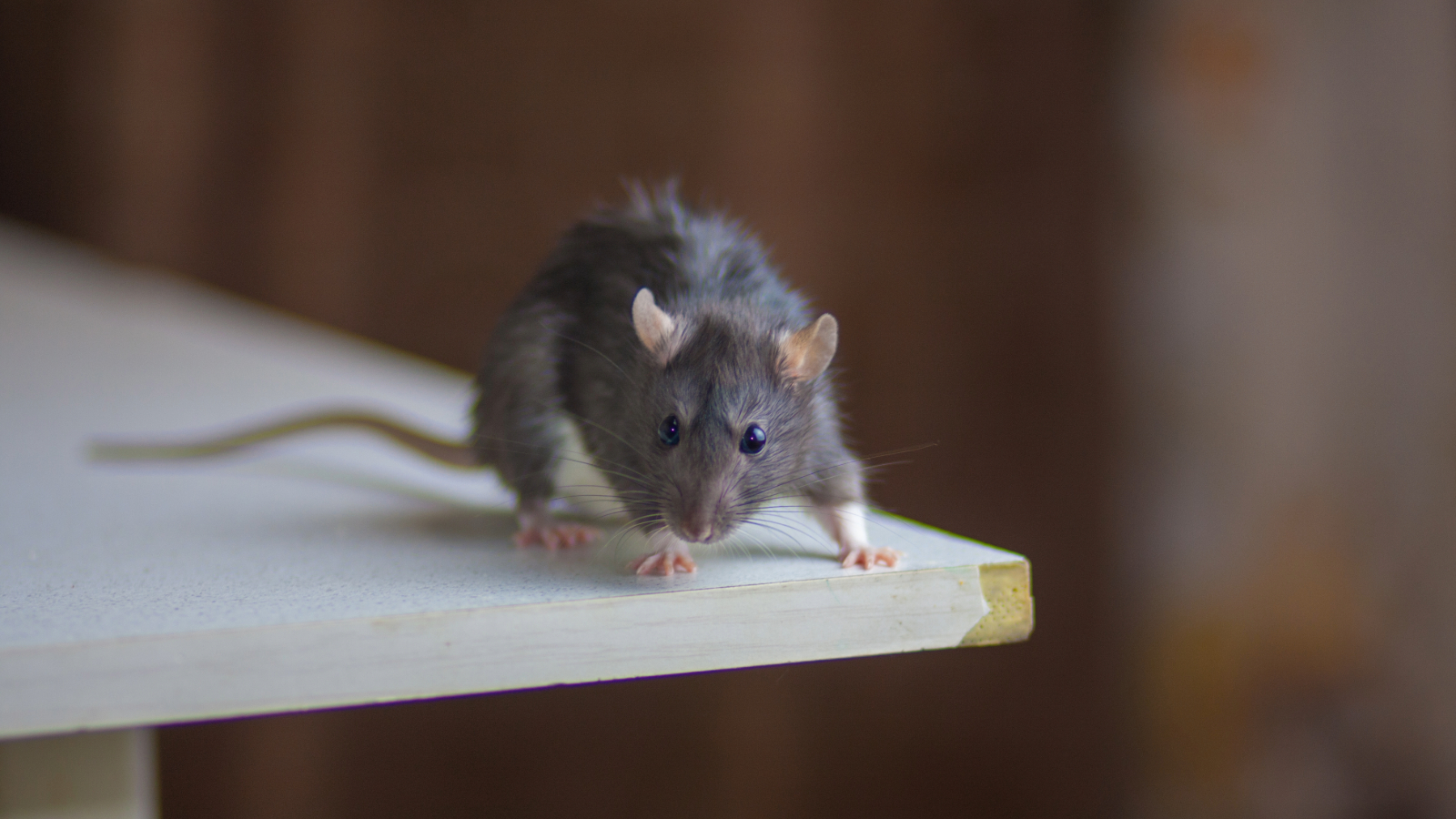
If you've noticed the signs of a rodent infestation, you might be wondering how to get rid of rats in your home. While they're active year-round, you'll probably see an increase in activity during the autumn and winter months, when it's cold outside and they seek shelter.
Just like mice, these sneaky scavengers can be a nuisance in your home – chewing up wires, spreading oily marks on your walls, and, worst of all, leaving droppings on your floors. Not only can they damage your property, but they also have the potential to spread diseases, such as salmonella and hantavirus, so they're not something you want lurking in your home.
Rats can be tricky to remove once they've settled in, which is why we've called in pest control experts for their advice on eliminating them. Below, you'll find their six-step guide for getting rid of rats for good, along with product recommendations and the signs to watch out for.
1. Try a live trap
One of the most effective ways to get rid of rats in your home is by setting up a humane trap, which allows you to catch the rodent alive without harming it.
Once you've caught one, Tony King, Owner and Manager of The Pied Piper, recommends releasing it at least one to two miles from your home. If possible, choose a wooded or rural area far from homes or farms, so the rat is unable to find its way back.
He adds, "Humane traps should be checked at least two times a day to avoid having rats left in pain or in temperatures that are too extreme."

Tony King is the owner and manager of The Pied Piper, a leading pest control service that has been in operation for more than 25 years. His team of professionals can help eliminate everything from rat infestations to slug intrusions.
2. Seal entry points
Rats can fit through gaps as small as a quarter of an inch, so Tony King says it's important to seal any entry points they could squeeze through. Common areas for holes include windows and doors, roofs and lofts, garages and storage areas, and vents and ducts.
Bring your dream home to life with expert advice, how to guides and design inspiration. Sign up for our newsletter and get two free tickets to a Homebuilding & Renovating Show near you.
Tony recommends using steel wool, copper mesh, or metal flashing to keep them out. Avoid using materials like plastic or wood as rats will eventually chew through them. Sealing up your home is also a great way to get rid of slugs and other unwanted visitors that try to come inside.
Sealant products we recommend
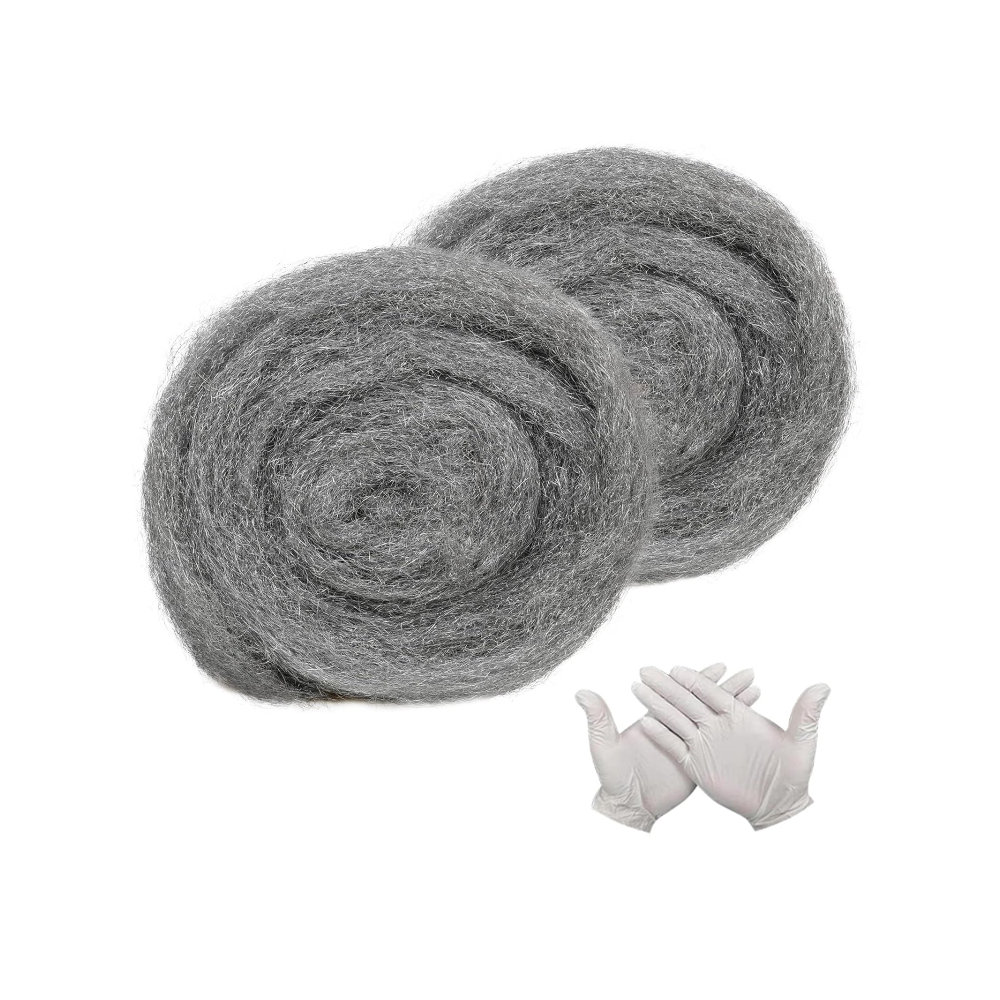
Prevent rats, mice and insects from entering your home by filling gaps and holes with this steel wool.
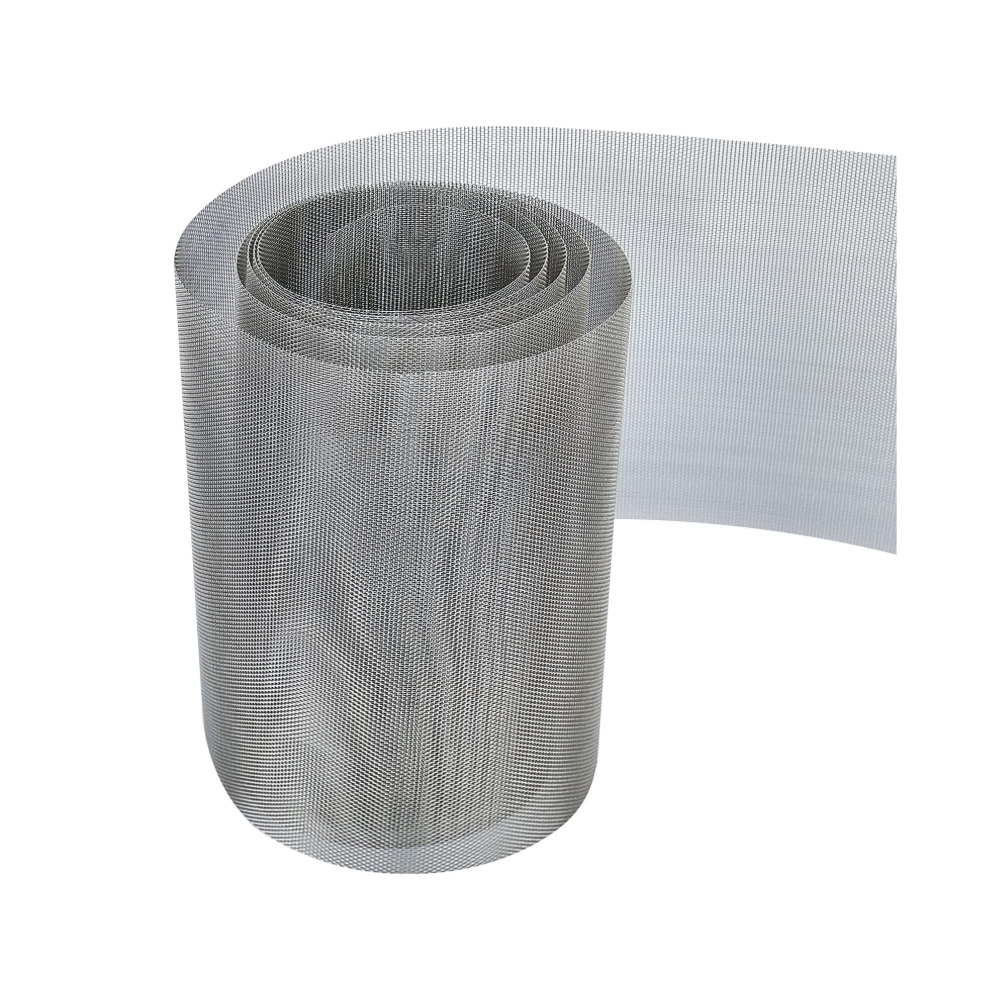
Rats will have a hard time chewing through this durable wire mesh panelling – it's ideal for covering vents.
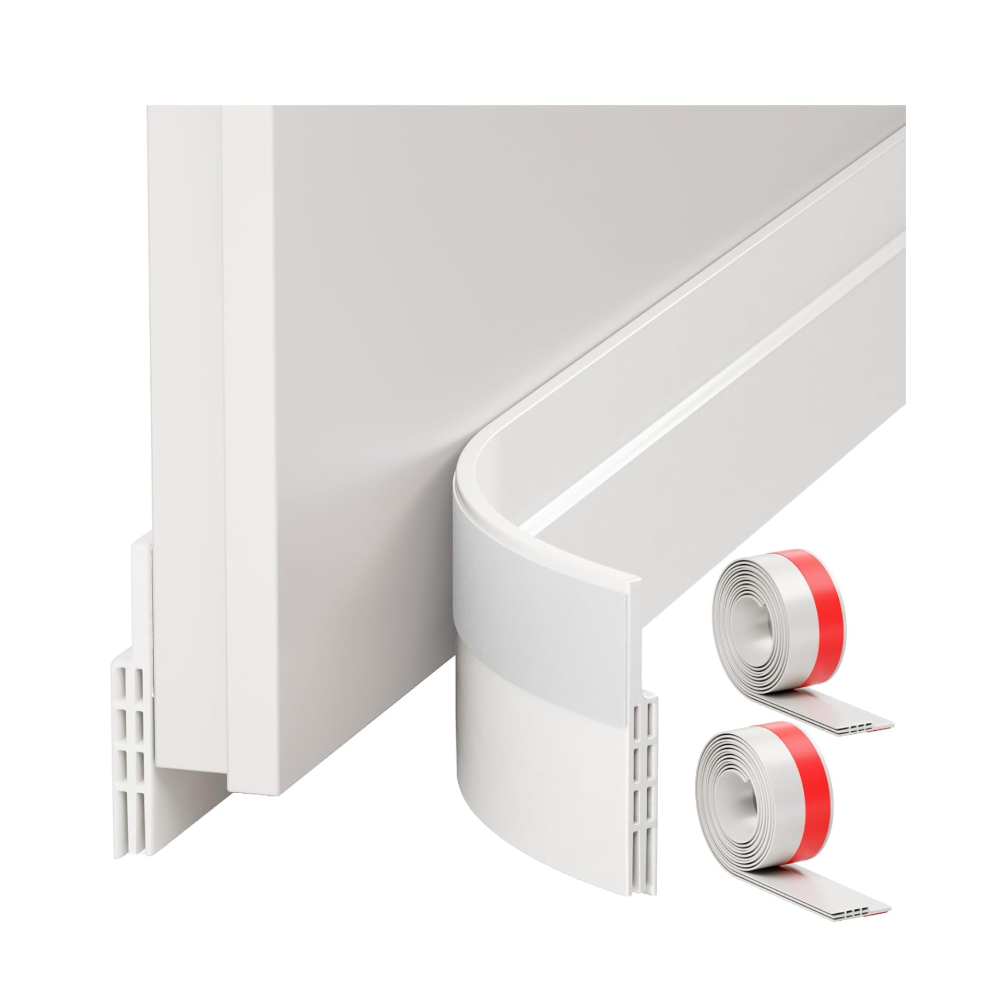
This draught excluder sticks under your door, keeping both rodents and draughts out.
3. Remove food sources
One of the quickest ways to attract rats into your home is by leaving food out and unattended – rats see this as an invitation to feast! Tony King recommends storing your food in sealed containers (like these glass containers from Amazon) and cleaning your kitchen counters of crumbs.
Another often-overlooked area is the bins. “Remember to regularly empty your bins to discourage rats from inhabiting your home,” advises Tony. To prevent them even further, choose a bin with a tight-fitting lid and move it away from walls so rats can’t climb inside easily.
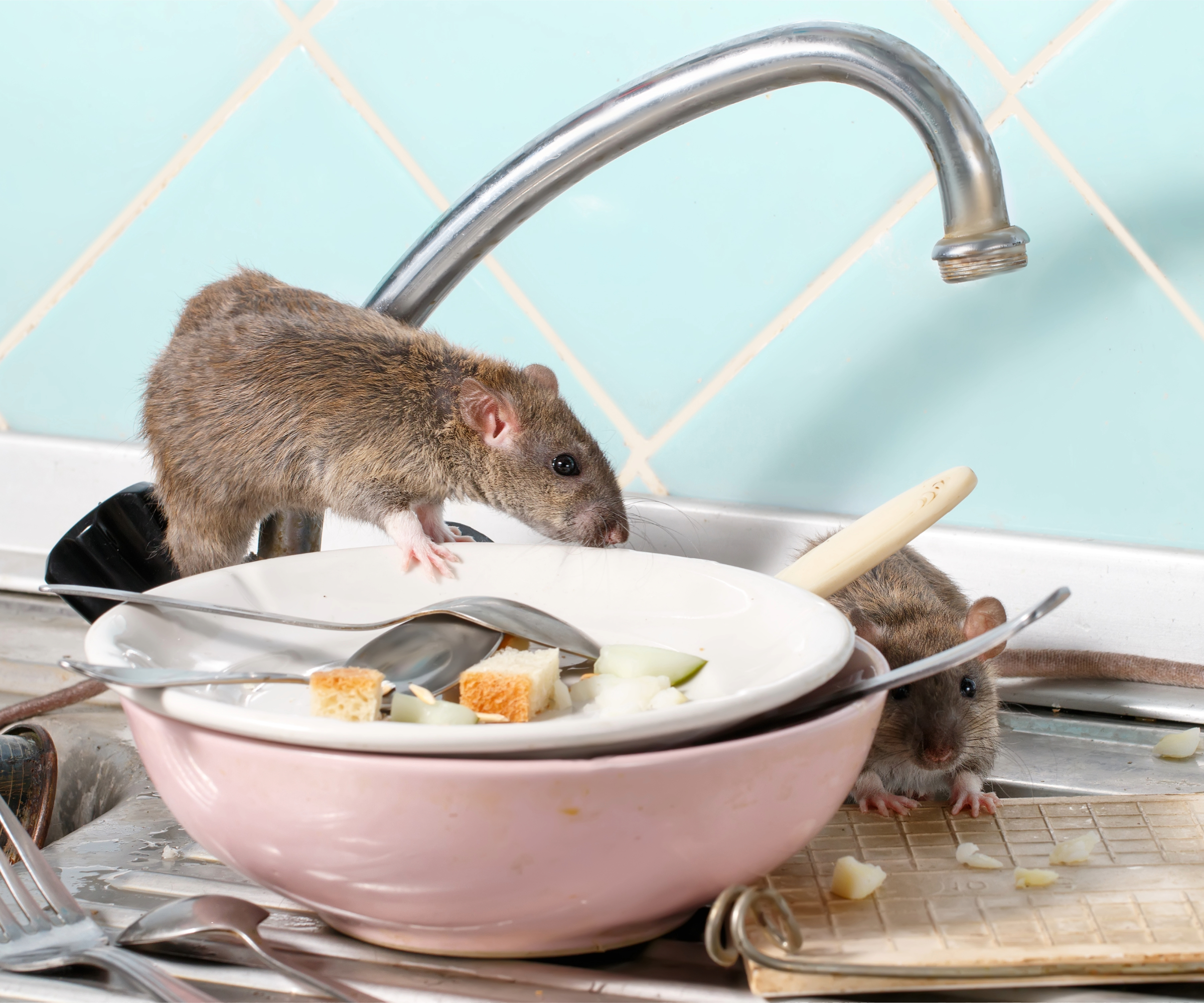
4. Rat-proof your garden
Many people unknowingly attract rats into their homes, and it often starts in the garden! Leaving fruit drops or birdseed on the ground, or having a compost bin without a secure, heavy lid, can encourage rats to come inside.
Tony King recommends removing excessive undergrowth, clearing away piles of debris, and storing firewood off the ground (use the best log store instead).
5. Use a natural repellent
When it comes to using natural repellents, peppermint, eucalyptus, and clove work best, according to Deepak Shukla, CEO of PL Pest Control. These strong-smelling essential oils are fairly cheap on Amazon and will help to deter rats from entering your home and garden.
Deepak says, "Soak a few cotton balls in peppermint oil. Pop them wherever you’ve spotted activity, like under the sink, behind the bin or in one of the small gaps along the wall."

PL Pest Control is part of the Pearl Lemon Group, founded by serial entrepreneur Deepak Shukla. From cleaning and property maintenance to pest control, Deepak’s philosophy is simple: solve real, messy problems fast. Operating across the UK and expanding internationally, PL Pest Control helps homeowners and businesses tackle pest issues with precision, transparency, and zero fluff.
6. Ultrasonic repellents
And lastly, Tony King also recommends using an ultrasonic repellent – an electronic device that emits high-frequency sound waves to deter pests. These sounds are inaudible to humans but can be irritating and disruptive to rats.
What are the signs of rats in your home?
If you're wondering whether you have rats in the first place, Tony King says to watch out for the following signs:
1. Noises: "You can hear scurrying or scratching sounds during the night, particularly behind the walls, in the attic, or under floorboards."
2. Droppings: "One of the most positive signs is droppings. They are dark, spindle-shaped and half an inch long. They are typically found along walls, in cupboards, or under appliances."
3. Gnaw marks: "You can also see gnaw marks on electrical wires, plastic buckets, or baseboards since rats chew round the clock to avoid their teeth from growing too long."
4. Oily rub marks: "Another common sign is the presence of oily rub marks on walls or runways, caused by dirt and oil in their coats."
5. Nests: "Rats usually build nests out of ripped paper, insulating material, or fabric and hide them in hidden, cozy spots like attics, garages, or under kitchen sinks."
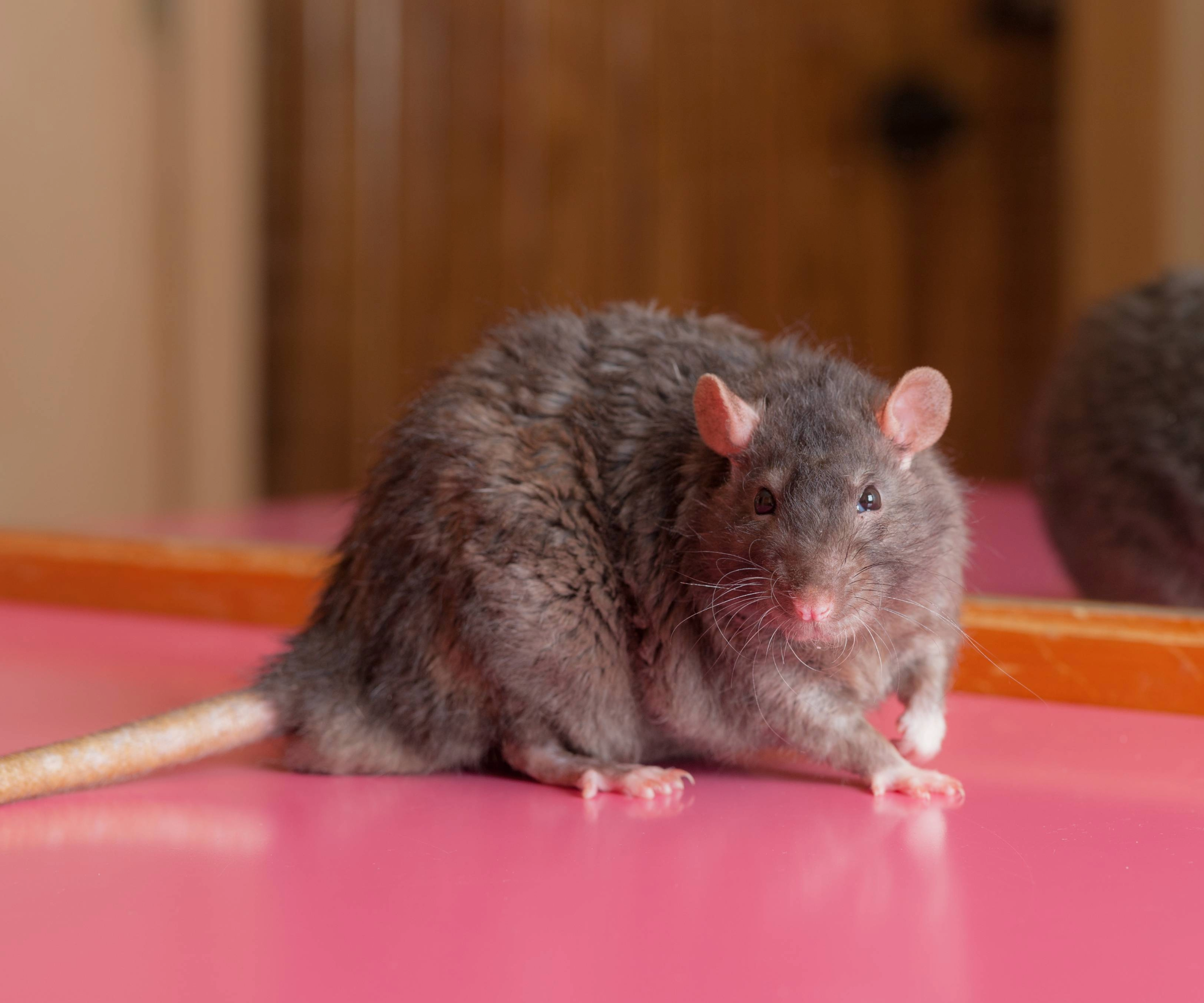
FAQs
What time of year are rats most active?
Rats can infest at any time of the year, but Tony King, Owner and Manager of The Pied Piper, says they're most likely to cause issues during autumn and winter, when the temperatures get lower. During these seasons, they look for heat, shelter and food – and places like your house, shed and garage make the perfect spots.
Tony adds, "Rats in warmer climates, however, can breed and thrive year-round if they have a food supply and access to water. One group of rats may have up to six litters per year, so a small infestation could quickly become huge if left untreated early on, so prevention and monitoring have to continue."
Where do rats hide during the day?
Tony says that rats are most active at dawn and dusk, so they can scavenge for food while avoiding predators. During the day, they hide in dark, quiet, and confined spaces, breeding in your attic, basement, wall cavities, or behind large appliances. Outdoors, they take shelter in burrows, compost heaps, under garden sheds, or in dense shrubs, so remember to keep your trees trimmed back.
Tony says, "Rats are nocturnal animals, and the majority of their foraging, feeding, exploring, and nesting is done at night. They rest and remain immobile by day to avoid predators and humans. When you find rats during the day, it typically indicates a massive infestation since overcrowding forces some of them to venture out of their usual nightly foraging."
Having rats in your home can be unsettling, but by following the tips above, you can get rid of them quickly and prevent them from returning in the future.
If you're struggling with other household pests, read our guide on how to get rid of squirrels in your attic.

As Content Editor at Homebuilding & Renovating, Megan is passionate about providing expert-backed advice and creative inspiration to help readers transform their living spaces. Her love for DIY began while helping to renovate her parents’ family home, sparking a fascination with interiors, renovation, and design. More recently, she assisted with the renovation of her partner’s house in Bristol and is currently expanding her expertise through an Introduction to Home Improvement course. She joined the Homebuilding & Renovating team in 2025, having previously worked as a Staff Writer at PetsRadar and Beauty Assistant at Harrods.
